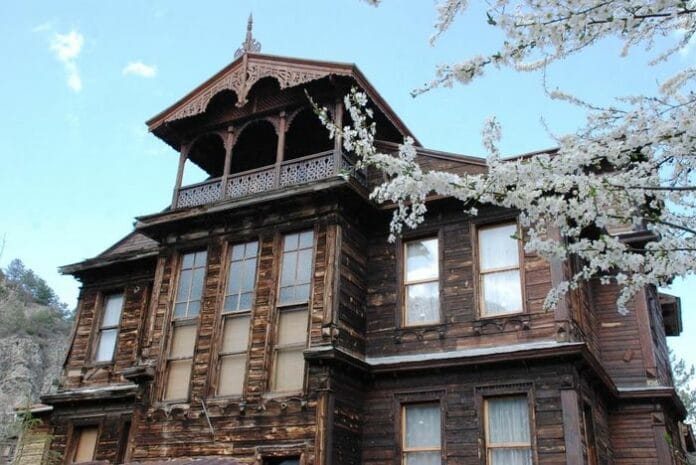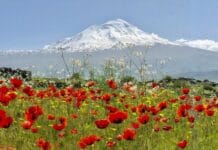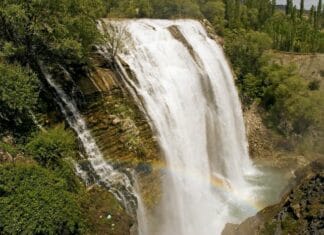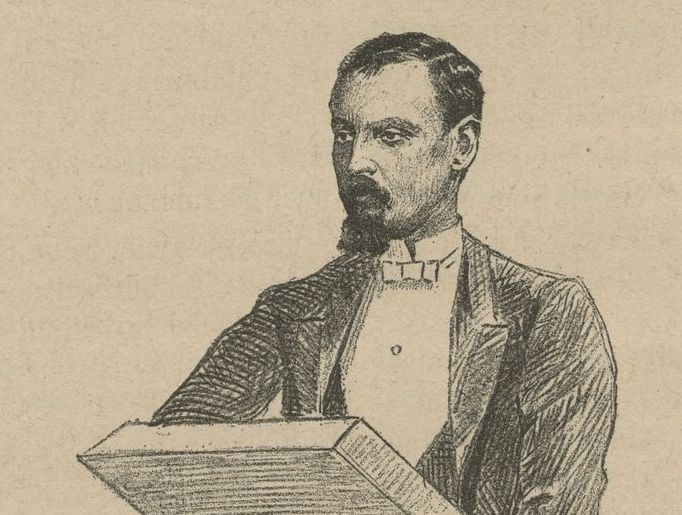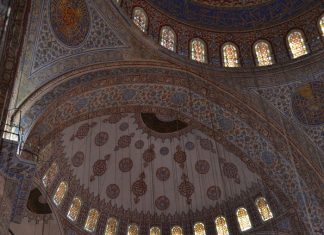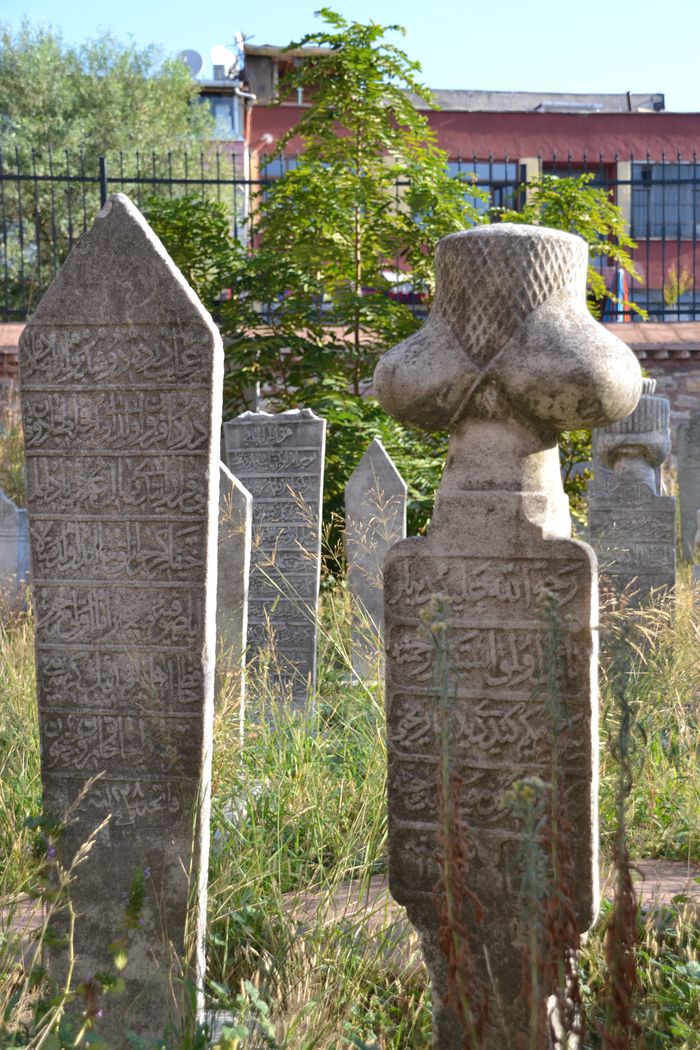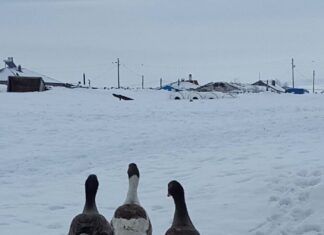Ephesus was a big and important city in ancient times, with about 200,000 people. An old writing found there called it “a most illustrious city,” meaning it was very famous and respected. A geographer named Strabo said it was the most important trading center in the region called Asia at that time.
A Busy Harbor and Strong Economy
Ephesus had a good harbor, which helped with trade and made the city rich. But over time, the entrance to the harbor got blocked with silt (mud and sand). Ironically, this happened because engineers made the entrance narrower to stop the problem, but it only made it worse. Today, that area is still full of silt, but researchers are studying the water to figure out what the harbor used to look like. Ephesus was known for its businesses, trade groups, and banking, which made it very powerful Istanbul Day Tours.
The City’s Layout and Roads
Ephesus was built between two hills: Mount Koressos and Mount Pion. The city streets were carefully planned. One main street, called Curetes Street, started at the Magnesian Gate on the east side and went west to a marketplace. From there, it turned north and became known as Marble Road. This road went along the east side of the marketplace all the way to the theater.
From the theater, the road turned into Stadion Street and kept going north. A wide, 36-foot (11-meter) road with columns was built to connect the theater to the harbor. This street was about 2,000 feet (610 meters) long and was named the Arcadian Way, after the Roman emperor Arcadius. But it might have already existed before his time, since older ruins have been found along this path The Seven Churches of Asia.
Religion and Famous Buildings
Walking through Ephesus must have been amazing, especially with its beautiful religious buildings. The most famous one was the Temple of Artemis, one of the “Seven Wonders of the Ancient World.” Today, only small parts of it remain, including some of the foundations and part of a large altar. These remains include sections from the time of Croesus, a rich king who helped build the temple.
